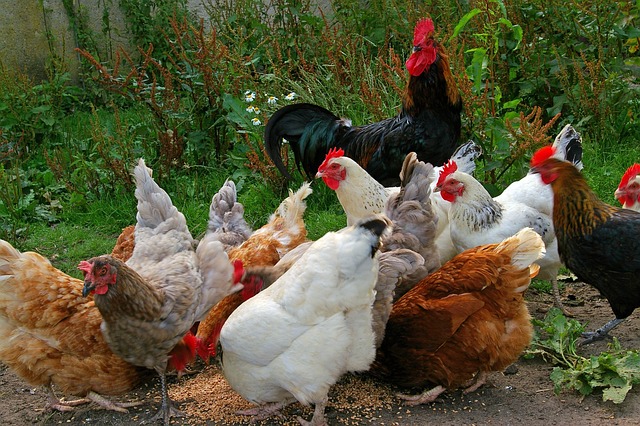One of the most adored and rare animals of the whole world is the Giant Panda. Their population is pretty alarming at a low 3,000. It is one of the most critically endangered species in the world because there are only about 1,000 left in the wild. They are threatened by [poaching], human encroachment, habitat loss and trouble breeding in captivity. This is why it is important for people to learn about them so that they do not disappear forever. Many of them are in captivity and very few are displayed at zoos in the US. The sustainability of these animals is very difficult due to the fact that Pandas have no desire to mate once in captivity. Chinese pandas have even been given Viagra in hopes of boosting their desire to mate. Many other strategies have been attempted including cloning panda embryos, also what has been dubbed as “panda-porn”- explicit video of pandas mating, traditional herbs and insemination. So far researchers haven’t made much progress with any of those methods.
In 2006, scientists reported that the number of pandas living in the wild may have been underestimated at about 1,000. Previous population surveys had used conventional methods to estimate the size of the wild panda population, but using a new method that analyzes DNA from panda droppings, scientists believe that the wild panda population may be as large as 3,000. Although the species is still endangered, it is thought that the conservation efforts are working. As of 2006, there were 40 panda reserves in China, compared to just 13 reserves two decades ago.
I found it interesting that these animals are so popular that US zoos pay the Chinese government $2 million a year basically to rent a pair of giant pandas. These pandas are on a 10 year contract and any babies born results in an increase pay up to $600,000 more. Giant Pandas are on loan to zoos in Atlanta, Washington D.C., San Diego, and Memphis. There is an impression in China that US zoos are very rich because when they come over the zoos are beautiful and so we pay much more than the $300,000 annual rate that Australia and Thailand pay. Now that doesn’t seem fair does it? US zoos are barely breaking even with such high costs and maintenance. Not only is the annual payment pocket breaking , the upkeep for their 100% vegetarian diet is very high. Pandas eat 84 pounds of bamboo daily which costs five times more than that of the next most expensive animal, an elephant. Luckily, in Atlanta 400 volunteers grow bamboo in their backyards to help out. These animals are on the “red list”, which means they are critically endangered. Many people in the world love Giant Pandas and there are even such a thing as “pandaholics”. Not only that but there is live web cams people watch on zoo websites just to keep an eye on their favorite animals. With so much love going around for these docile animals there has got to be a way to help keep them around for good.
To help keep Giant Pandas around, you can Adopt A Panda through the World Wildlife Foundation.
Thoughts, Comments, Questions…



